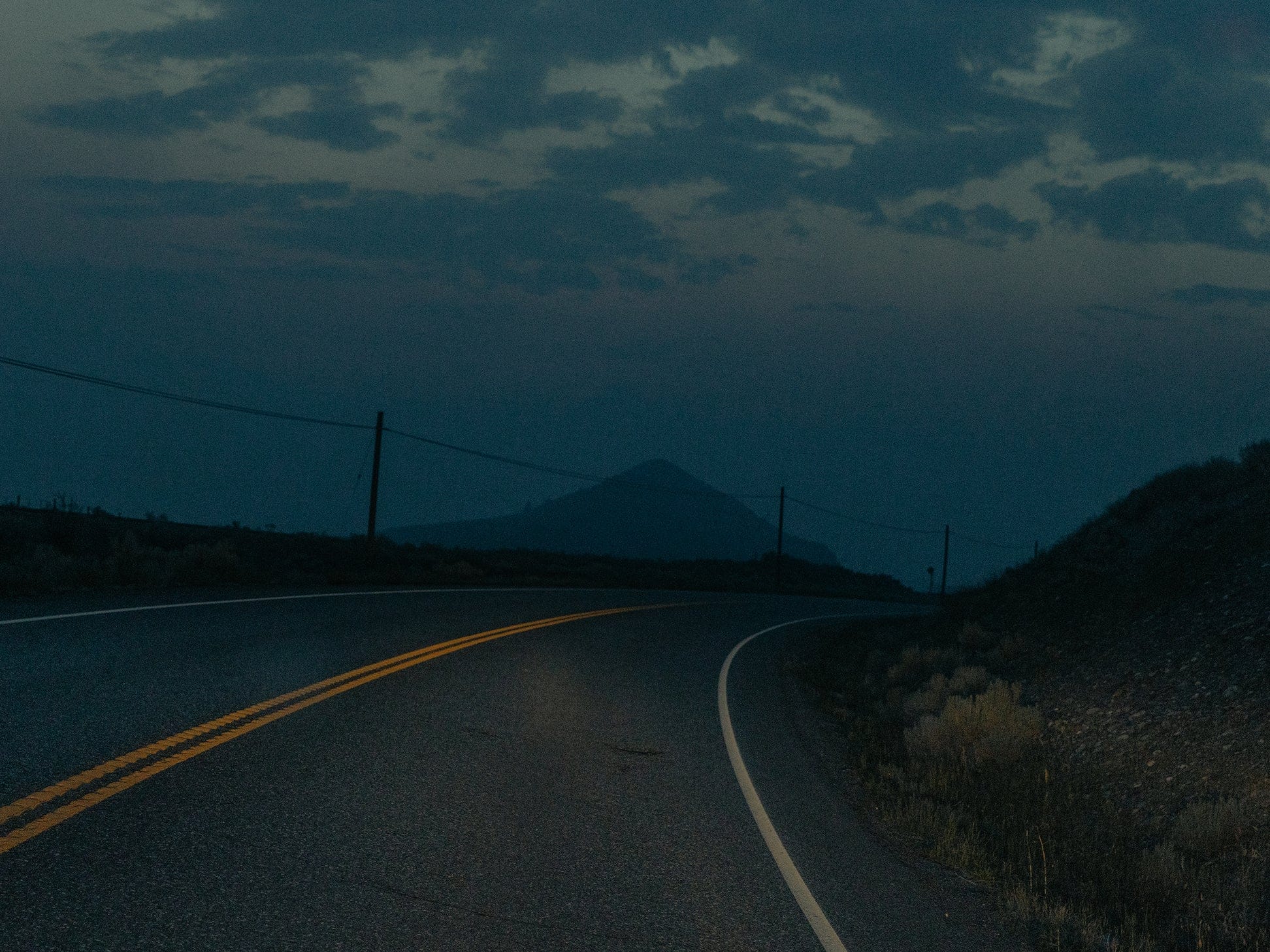The Loftiest Lodge In the Eastern U.S. Celebrates 100 Years

The LeConte Lodge in Gatlinburg, Tennessee is revered for its breathtaking views deep in the Great Smoky Mountains.
I was awakened by my buddies lacing up their hiking boots. I squinted at my watch: 5 a.m. Then I remembered why we were awake so early on a late summer morning in the Smoky Mountains. The previous day we hiked 8.1 miles to the beloved LeConte Lodge, a backcountry getaway perched more than 6,000 feet above sea level.
Today’s walk was shorter. By flashlight we followed a path to Myrtle Point, a popular lookout atop Mount LeConte. Beyond large slabs of ancient rocks, the ground disappeared, yielding to an expanse of star-filled sky.

Flashlights off, our party of three reclined on boulders, mesmerized by the beauty of darkness. Silence was interrupted only by questions: Is there life out there? Will man ever live on Mars? How did this view come to be?

National Parks
Heading to the wilderness? Our acclaimed field guides are are a treasure trove of basecamps, epic scenery and secret intel.
We were not the first to have an existential moment at Myrtle Point. Now celebrating its centennial year, the iconic LeConte, located on the third highest peak in Great Smoky Mountains National Park, has long welcomed adventure seekers. Among early visitors to Mount LeConte was a young Knoxville man, Paul Adams. He made his first trek up the mountain in 1918, and in 1925 was hired by the Great Smoky Mountains Conservation Association to be the caretaker of rustic shelters where visitors could spend the night. At the time of Adams’ employment, interest in protecting Mount LeConte and other peaks straddling the Tennessee and North Carolina border was growing. In fact, the lodge predated the national park. Although Congress authorized the park in 1926, it wasn’t officially dedicated until 1940. Adams would eventually climb the mountain more than 500 times. He co-founded both the Great Smoky Mountains Hiking Club and East Tennessee Ornithological Society, and published a 1966 book, Mt. Le Conte, detailing his experiences working in the Smokies.

While gateway towns to the Smokies like Gatlinburg attract millions each year, only a fraction visit the lodge. There’s a good reason. The only way to spend the night on the mountain is to hike to the top. The rustic cabins don’t have electricity, so you’ll need a flashlight and a portable battery for electronic devices. Dinner is served family-style by candlelight in a dining hall. Restrooms are a short walk from cabins. There are no showers, but buckets are available for visitors to collect enough hot water from a spigot for a sponge bath.
Six trails lead to the lodge, and each offers a different kind of walk in the woods. One of the most popular is the Alum Cave trail. While it is one of the shortest (5 miles), hikers trod uphill all the way to the summit. The Rainbow Falls Trail (6.7 miles) is mostly uphill for the last half but the first section follows a creek to an 80-foot-high waterfall, where rainbows shimmer in the mist of cascading water.
Hikers can often avoid congested parking lots and trails by exploring Bullhead (6.9 miles) and Brushy Mountain (9.1 miles). Bullhead begins at a trailhead south of Gatlinburg, while Brushy Mountain begins in the Greenbrier section, about eight miles east of town. Both trails offer vistas and a moderate ascent.
The Boulevard Trail isn’t an uphill slog, but it’s longer (8.1 miles) than others. Hikers start on the Appalachian Trail, departing from Newfound Gap before turning onto the Boulevard. While its ascent is moderate, stretches of the route cross exposed rock ledges. Steel cables have been strung as a safety measure.

Finally, there’s Trillium Gap (6.7 miles), a popular path also used by a train of llamas that deliver supplies to the lodge. Beginning from a trailhead four-and-a-half miles south of Gatlinburg, this trail is a moderate challenge. A waypoint is Grotto Falls, where the trail tracks behind the curtain of falling water.
Back at Myrtle Point, conversation ended as a glow consumed the darkness. Minute by minute, the sky transformed into a palette of warm colors that bathed our faces. In our lives controlled by day-to-day routines of work, we rarely enjoyed the luxury of watching a sunrise. Today was different. Today, we were on mountain time, peering into the light of a new day with awe and wonder.






